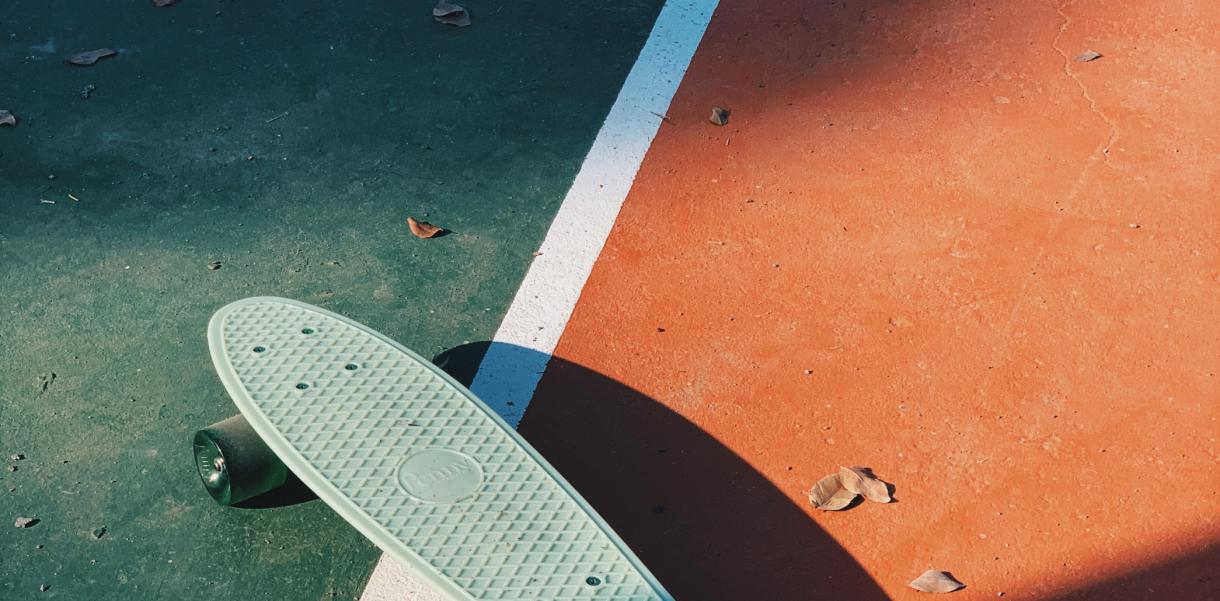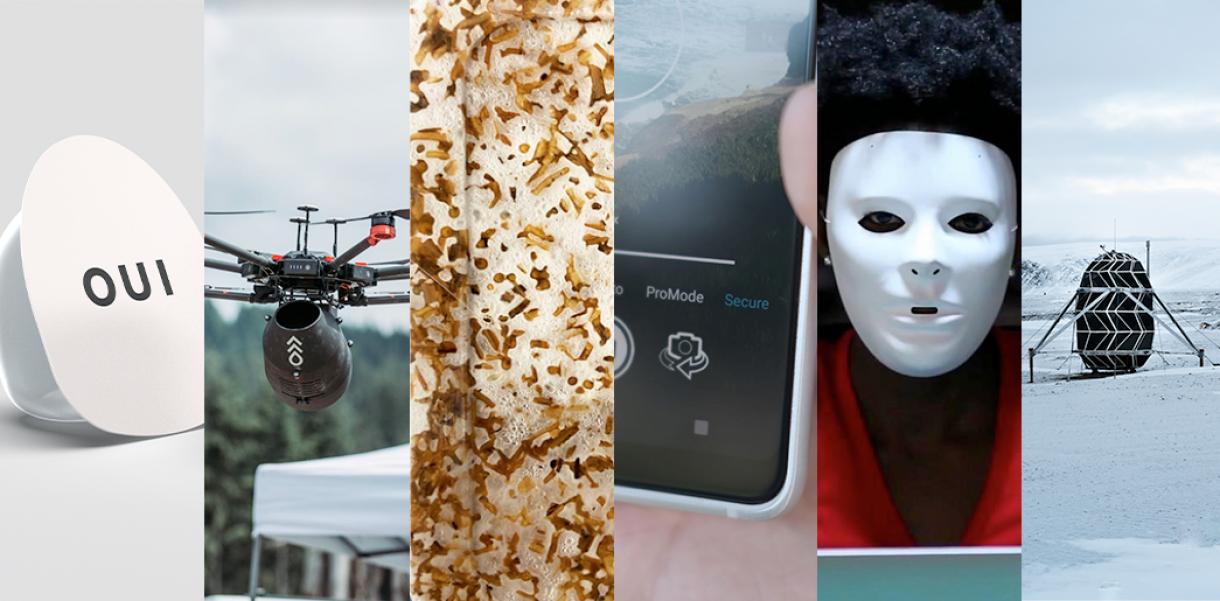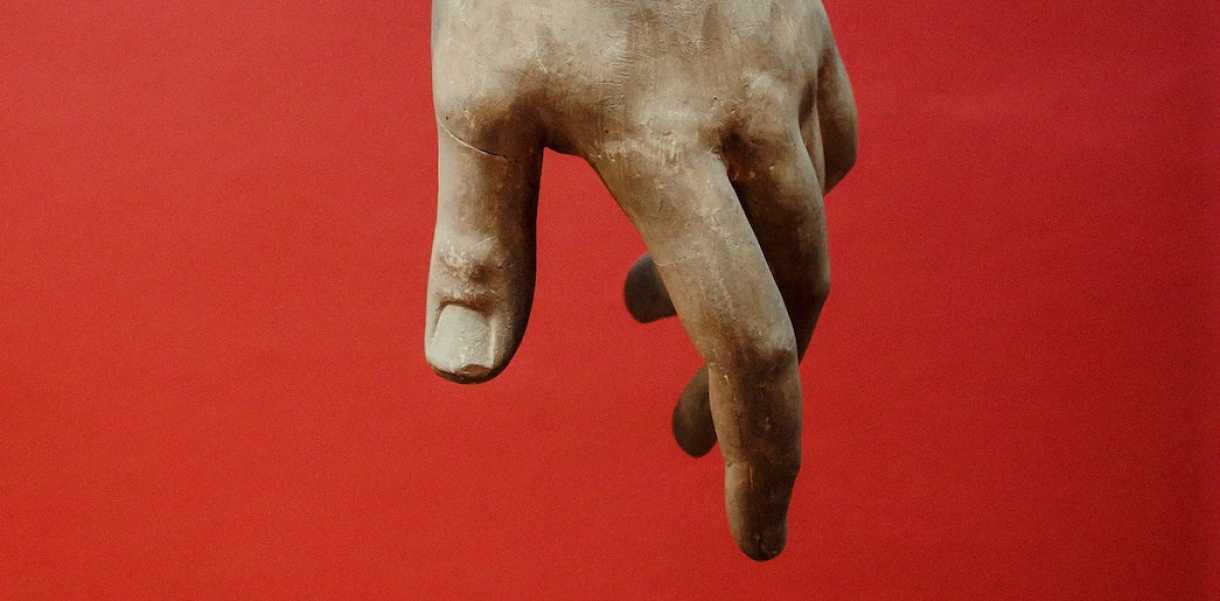Last month, I went back to an area of South London I had lived in for many years. The urban transformation was undeniable in the area, a common and inevitable occurrence in cities worldwide.
Despite feeling that my connection to this area is increasingly erased, I was inspired by the imaginative ways people continue to rethink their cityscape. I noticed my former neighbours had begun to use and reclaim the space outside their houses: for social arrangements, guerrilla gardening and a former telephone box were used as a make-shift library. This previous 'non-place' seemingly transformed into a communal meeting point.
I believe human beings are unpredictable, creative and generally like to make places and things their own. Space becomes a real place when people have a feeling it invites them in, and they see opportunities for them to become engaged.
”One of the most important aspects of a great place is how people use it – the activities and interactions it facilitates.”
40 years on, William Whyte's analysis of the moveable chair is still just as relevant when considering how we can feel as though we belong in the landscape of the metropolis. Whyte explained that moveable chairs in public spaces can give a sense of ownership over the seat. You can move the chair simply an inch, and somehow it becomes yours. Even when there is no apparent function, people still move the chairs. Moveable chairs encourage more than just sitting: they're a workspace, footrest, make-shift table or can be repositioned to create a social situation. Whereas fixed individual chairs don't work as well. The chair tells you: you sit here, and you sit there.
One of the most important aspects of a great place is how people use it – the activities and interactions it facilitates. Fluid design in the city is integral – it allows a space to accommodate multiple different uses and people. Flexible spaces can keep evolving for varying functions, which is essential for feeling like we can belong in a place. And we can see this in remarkable public spaces such as Urban Bloom in Shanghai, Superkilen Park in Copenhagen or Court in Veracruz. But beyond recognising the crucial role urban design has in facilitating communal spaces, how can we as citizens be encouraged to repurpose and improvise with the spaces already around us?
One group of city dwellers is very good at this – skateboarders. Although generally considered a deviant subculture and at times considered to be a little loud and intrusive, I'm also amazed by their creative interpretation of the city and their ability to play with it so effortlessly, despite the urban infrastructure initially not seeming very 'moveable'.
Even though more and more skateparks are emerging, skaters continue to seek out the nooks and crannies of a city. Skateboarders see a space through a lens of transformation that undermines any established blueprints.
“But I think we also need to question how and in what ways we can engage differently with existing spaces. To improvise with them so that they might fit our needs accordingly.”
I walk past a bench and sit on it, exactly what the architect and designer wished for. Not that there's anything wrong with doing that, it's necessary and nice to sit on benches. But a skateboarder sees a bench and thinks, how many ways can I use this bench with my skateboard? Rather than having just a single function, the bench suddenly takes on numerous uses and a collective sense of play. This group helps us see how a space can be viewed differently, more imaginatively, and more as our own.
We live in a time where urban growth is so rapid that it becomes easy to feel our imprints and memories get lost with this expansion. We undoubtedly look to urban design to provide flexible communal spaces which adapt to people and uses far beyond the blueprints' intention. But I think we also need to question how and in what ways we can engage differently with existing spaces. To improvise with them so that they might fit our needs accordingly.
I believe our innate need to congregate with one another, shape a place and make it our home is resilient. But it also needs encouragement and a playful invitation.




